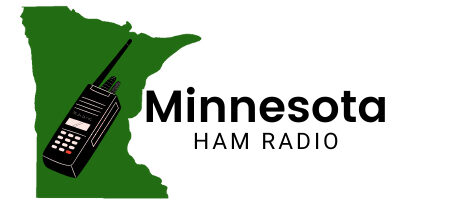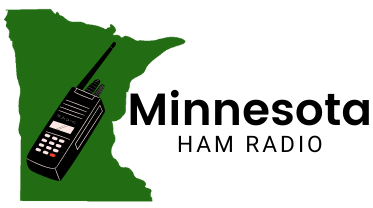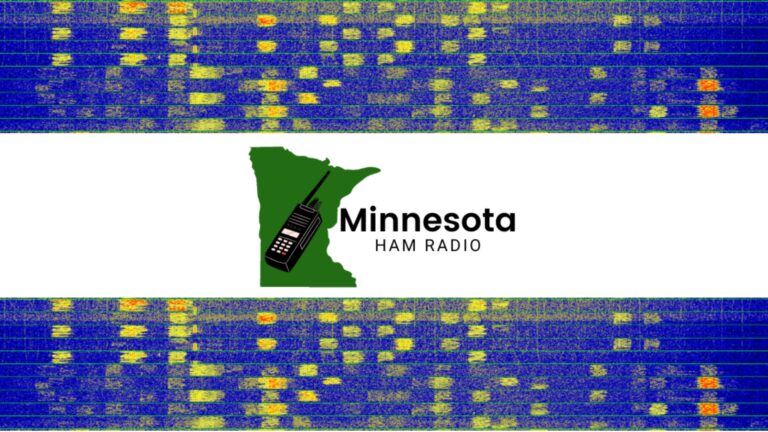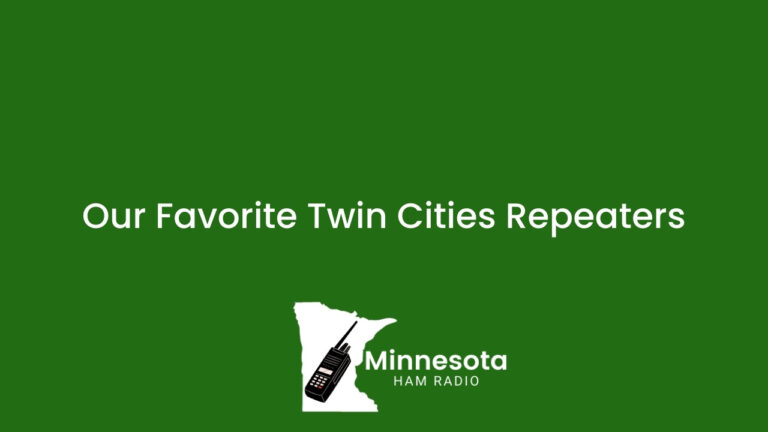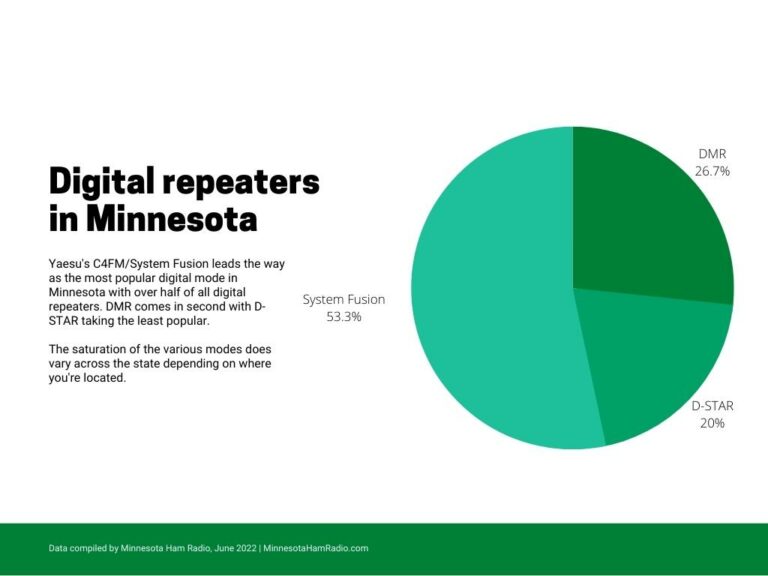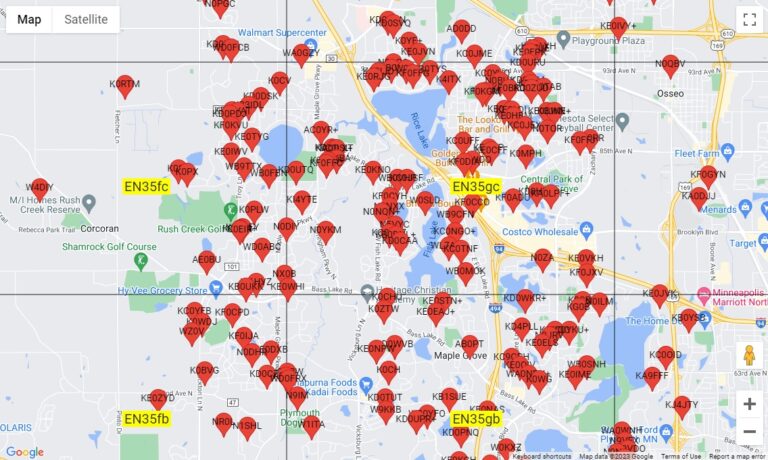Choosing your first Ham Radio
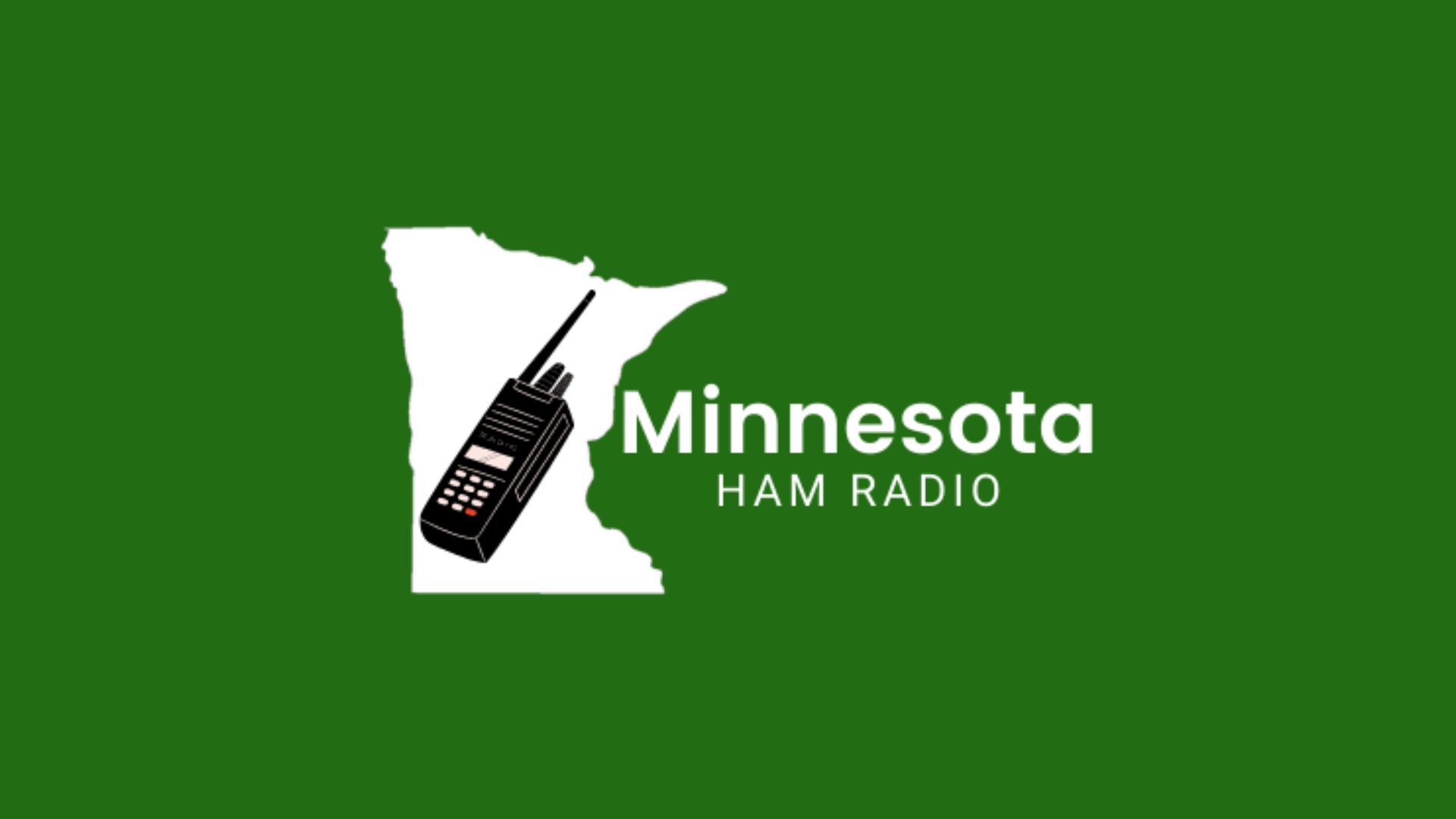
You’ve got your amateur radio license and you’re ready to get on the air. Now you just need to purchase your first radio! It can seem overwhelming given there are many choices. We put together this handy guide to help you make a good choice.
Ham Radio pricing
Ham radio has exploded with Chinese equipment in the past decade. This means you have more choices than ever and very cheap entry points to get started.
Handheld Radios
Low-end: $30 – $125
Mid-range: $150 – $300
High-end: $300 – $600+
Mobile Radios
Low-end: $120 – $200
Mid-range: $200 – $350
High-end: $350 – $650
How to decide between mobile vs. handheld radio
Many new ham radio operators choose to buy a handheld radio (also called an HT) as their first ham radio. No worrying about coax or external antenna. Just charge it up and you’re on the air. However, purchasing a handheld radio might not be your best first radio.
The coverage of a handheld radio is limited. When operating on simplex (direct radio-to-radio communication) you may only get a mile or two of distance under normal suburban-type conditions. You’re only using 5 watts or less with a very suboptimal antenna after all. When using a repeater you’ll also need to be close to the site to make it in reliably. Obviously, this also depends on the quality of the repeater you’re trying to access. So what’s the answer?
You should consider a 50-watt mobile radio as your first ham radio, especially if you live outside of an urban area. If you live in a far suburban or rural environment chances are you’re going to be trying to hit repeaters that are not in your general area. This can lead to frustration and ultimately lead many to leave the hobby just after getting started.
While it’s called a ‘mobile radio’ that does not mean it needs to be in your car. You can put a mobile radio in your house powered by a power supply, a simple magnet mount antenna on a refrigerator, or even a simple cookie sheet as a ground plane. Having 50 watts of transmit power and a vastly superior antenna will make a huge difference in the repeaters you can work and the contacts you’ll be able to make on simplex.
What you need to know about coax
When you’re installing your first mobile radio at home you may need to choose a coax to connect the antenna to the radio. If you opt for a simple mobile mag mount antenna you won’t need to worry about this as the antenna will come with coax pre-installed.
There is a fundamental nugget of knowledge you should know about coax. The higher in frequency you’re operating on the more crucial having good quality coax becomes. Your coax on UHF frequencies (420 Mhz – 450 Mhz) is much more important than operating on HF frequencies (1.9 Mhz – 28 Mhz).
All coax cables will lessen the signal as the power travels down that cable. How much signal loss occurs depends on the coax. Let’s demonstrate the importance of choosing a high-quality coax.
RG-58 is a very common type of coax and is relatively inexpensive. Let’s say you tried to use that at your home for a long run to your newly installed antenna on the roof.
Coax: RG-58
Run length: 100 feet
Coaxial loss: 5.041 dB
Input power: 50 watts (from a typical 50-watt mobile VHF/UHF radio)
Radiated power: 15 watts (69% loss in power)
Isn’t that incredible? Just by choosing the wrong coax the power that actually reaches the antenna is reduced by 69%! This is why choosing the right coax is so important.
Choosing your coax
When deciding on what coax to purchase for your ham radio installation here are some general guidelines to keep in mind:
- RG-58 (LMR-200) – This is the most common coax you’ll find used in mobile setups because it’s easy to bend and route. Best for very short runs.
- RG-8X (LMR-240) – This coax is a larger diameter than RG-58 and is ideal for shorter cable runs. You can use this coax up to 50 feet on 50 Mhz or below in frequency. If you want to use this on 2 meters try and keep the length below 25 feet.
- RG-8U (LMR-400) – This coax is ideal for longer runs of coax given loss will be lower.
KV5R offers a wonderful coaxial loss calculator that we highly recommend using when planning your station.
Recommended Mobile radios
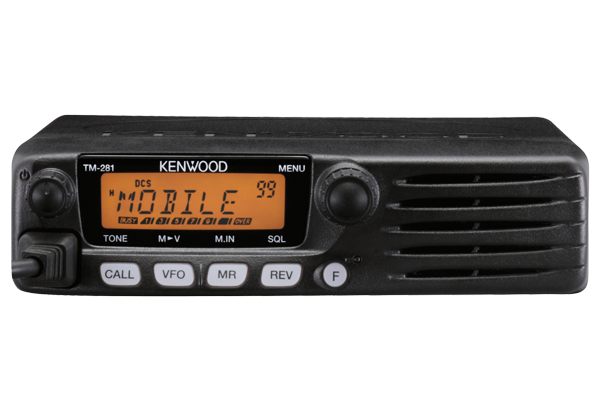
Kenwood TM-281A
This is a fantastic radio for a new ham. Most VHF/UHF activity occurs on VHF so having a monoband radio isn’t a bad option for a beginner radio. This is a rugged 65-watt radio that is easy to use and can be programmed using CHIRP.
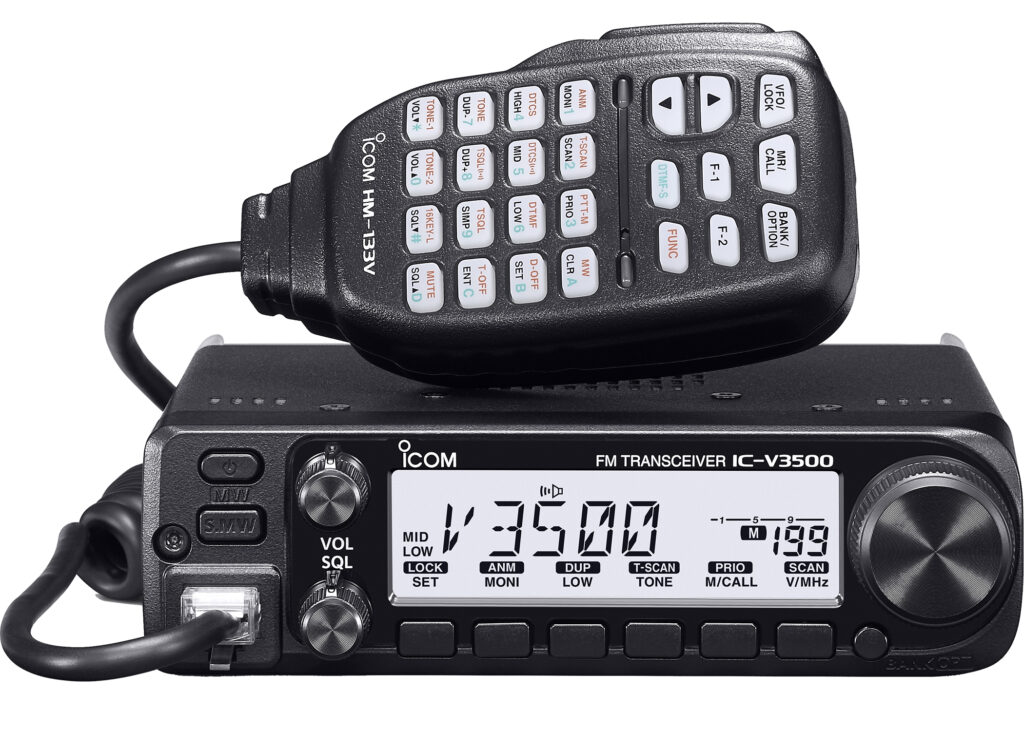
Icom V3500
Icom’s latest no frills 2M monoband radio. It’s a small and rugged mobile radio with 65W of output power at a reasonable price in the low $200s.
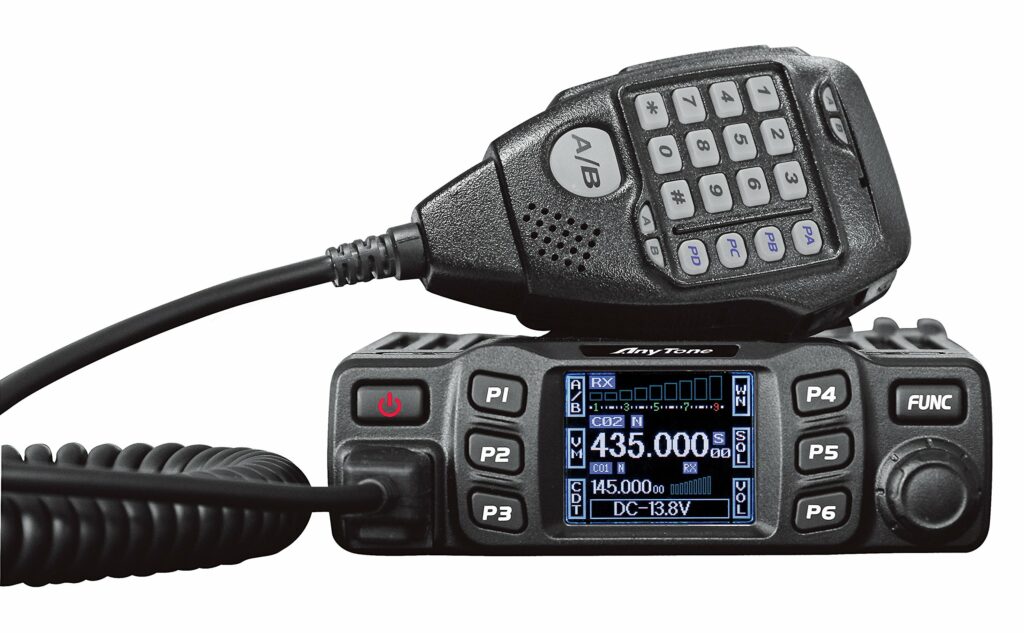
AnyTone AT-778UV
The AnyTone AT-778UV is the cheapest radio we would recommend. It’s fairly easy to program and gives you a dual-band radio for a fantastic price (low $100s). Given this is a cheap Chinese radio it does have downsides that you’ll have to learn to live with – but as a starter radio with both VHF and UHF it’s not a bad choice for the beginner ham.
Recommended Handheld Radios
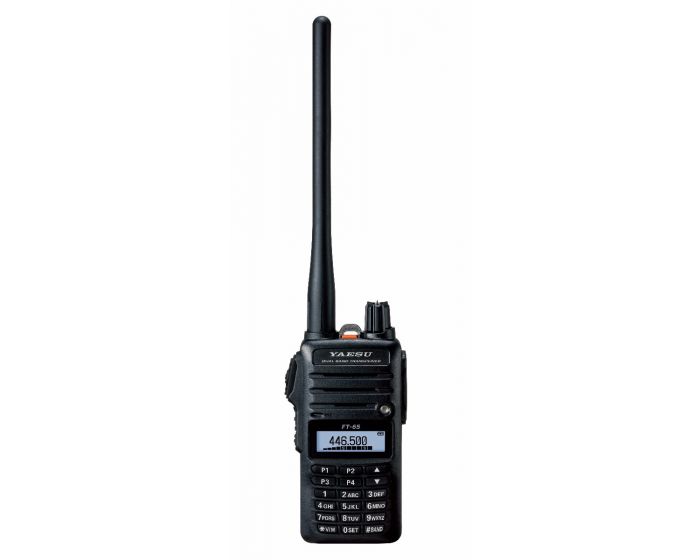
Yaesu FT-65
The Yaesu FT-65 is Yaesu’s answer to the popularity of Baofeng radios. It’s a great beginner radio that has better build quality and performance than the ultra-popular Baofeng portable radios. The price is this radio is near $100.
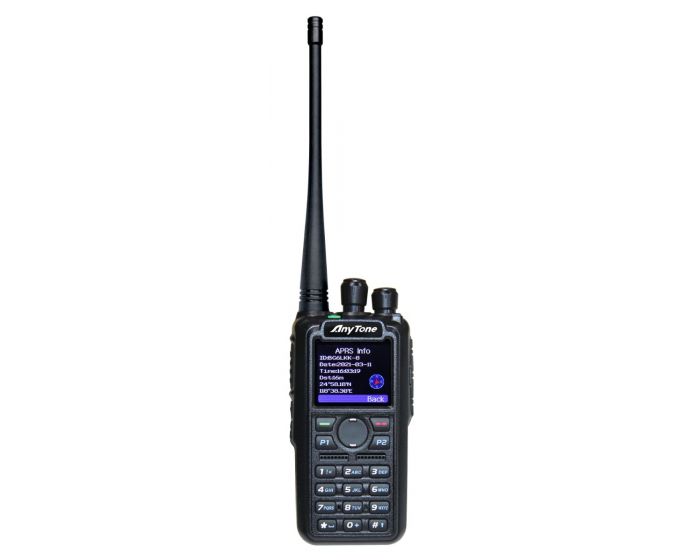
AnyTone 878UV
The AnyTone 868/878 radio has taken the amateur radio world by storm in the past five years. It’s a fairly easy to use handheld radio that offers both VHF/UHF and analog and Digital Mobile Radio (DMR) capability in a high quality package. The build quality is better than most Chinese radios and there is tons of information and support online to help beginners get started. Pricing is around $250-$300.
The Reality
There is no perfect radio for every beginner. Everyone has different situations and aspirations and those will impact the right radio for you.
